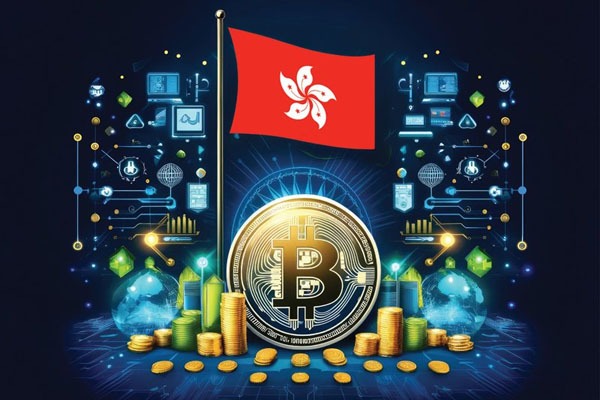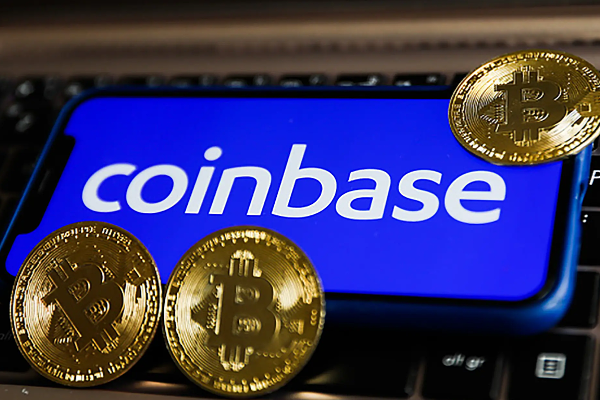Hong Kong releases Digital Asset Development Policy Declaration 2.0 to accelerate the construction of a global digital asset innovation center

The Hong Kong Special Administrative Region Government officially released the "Hong Kong Digital Asset Development Policy Declaration 2.0" today (June 26), reaffirming the strategic goal of building Hong Kong into a global digital asset innovation center. This policy document is a deepening and extension of the "Policy Declaration" first released in October 2022, reflecting Hong Kong's continued advancement and pragmatic implementation in areas such as Web3, tokenized finance and virtual asset supervision.
Financial Secretary Paul Chan pointed out at the press conference that the "Policy Declaration 2.0" not only reaffirmed the government's firm support for the development of the digital asset ecosystem, but also promoted the actual application scenarios of tokenization in finance and the real economy based on the principles of "application-oriented, prudent supervision, and inclusive innovation", and strived to promote the deep integration of digital finance and daily social life.
"We are building a stable and progressive digital asset ecosystem, which not only attracts outstanding global companies to settle in Hong Kong, but also hopes to bring substantial benefits to local economic and social development," said Paul Chan. He added that digital assets are not purely speculative tools, but part of the future economic infrastructure, covering payment systems, capital markets, cross-border settlements, supply chain finance and other key areas.
The core contents of the Policy Declaration 2.0 include:
Promote asset tokenization pilots, covering government bonds, real estate, green financial products, etc.;
Strengthen the regulatory system for virtual asset service providers (VASPs) to ensure market transparency and investor protection;
Encourage local banks, insurance companies and traditional financial institutions to explore business models combined with Web3;
Support the development of fintech start-ups in Hong Kong and expand cooperation with international regulators;
Accelerate the research and prudently promote stablecoins, central bank digital currencies (CBDCs) and cross-border payment infrastructure.
In addition, the document also particularly emphasizes the orientation of "combining with the real economy", aiming to avoid the "idleness" of the digital asset industry from the development of the real economy, and provide more flexible, efficient and low-cost financial solutions for local small and medium-sized enterprises, cross-border trade and emerging consumer scenarios.









